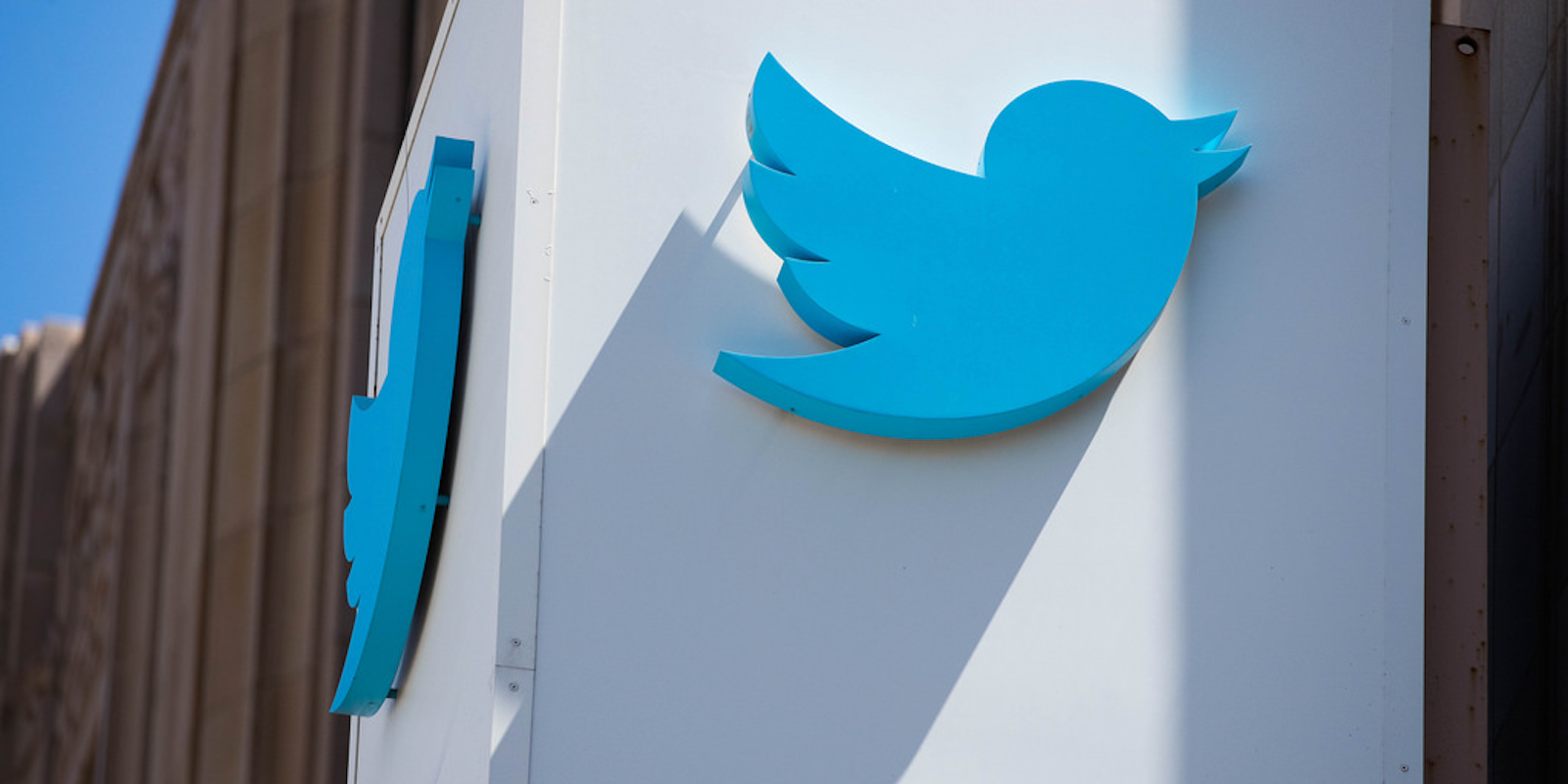To better fight spam and spambots on its platform, Twitter is making changes to its account creation process. Now, those trying to make a new account will need to verify it with either a phone number or email address. It’s another much-needed step in the app’s fight to make its platform friendlier, safer, and more healthy.
Twitter detailed this latest round of updates in a blog post this week. It is implementing four new ways to fight spam on its platform: Reducing the visibility of suspicious accounts in tweet and account metrics (that is, your follower number or the number of retweets a post gets); updating the signup process to require a phone number or email address for identity confirmation; auditing existing accounts for signs that they were created through automation; and a broadening of Twitter’s existing malicious behavior detection systems. High-volume tweeting with the same hashtag, repeatedly using the same @ handle without replies, and other activities will trigger the latter.
Twitter has already increased its use of machine learning to proactively detect and prevent spam and malicious automation from operating on its site.
Thanks to this system, as of May, Twitter now identifies more than 9.9 million potential spam accounts each week, up from 3.2 million in September. By spotting more potential problems it’s also removing more accounts for spam-related violations. This has had a positive effect on the number of spam reports filed to Twitter: This number is down from 25,000 reports per day in March to 17,000 per day in May. Twitter is also suspending more spammy apps for violating its guidelines—an average of 49,000 per month in April and May.
A look at those numbers provides insight into the tremendous scope of Twitter’s spam problem and some explanation as to why it’s taken the company so long to figure out effective ways to combat the issue.
Twitter’s latest techniques should help combat some of the spam-related issues that cropped up in the 2016 elections, and just in time—the 2018 midterms are around the corner.
H/T Techcrunch


